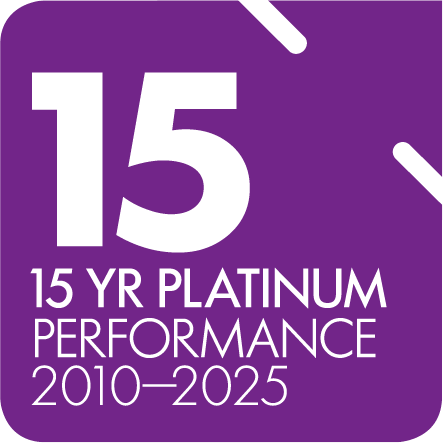Do I have enough super?
The answer depends on the type of retirement lifestyle you want.
This table displays figures from ASFA’s Super Balance Detective, showing roughly how much you should have at different ages to be on track for a comfortable retirement.
Is your balance a little low? That’s okay. With the right strategies, you can grow your super and set yourself up for the retirement you deserve.
















